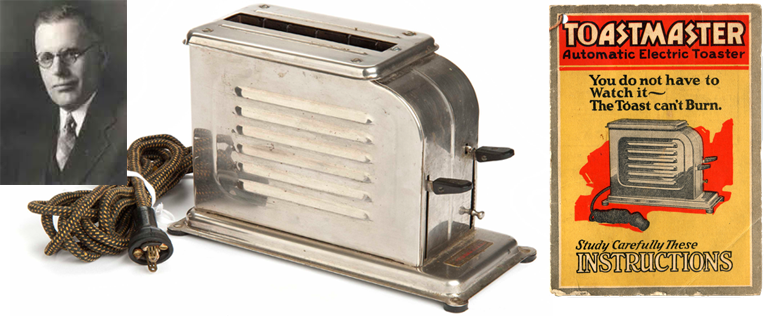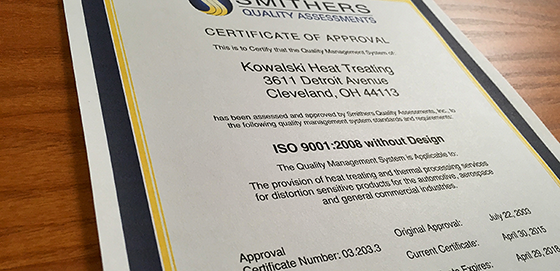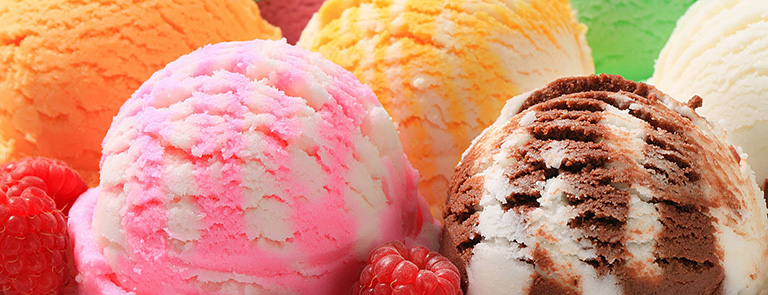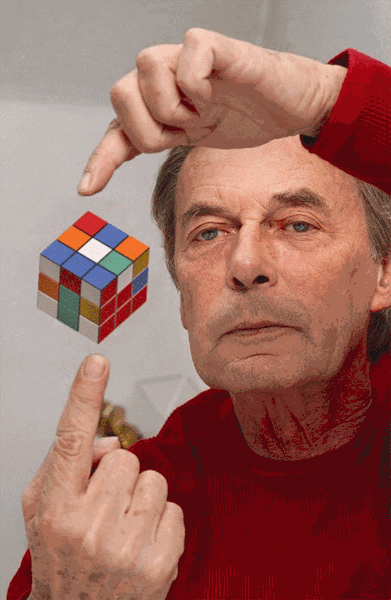A Toast to Charles Strite!

As you know, heat treating is near and dear to our hearts here at KHT. Everyday we strive to “make history” with our efficiency, consistency, performance and reliability, never taking for granted any one of our customers or customer’s jobs.
Well, nearly 100 years ago, a gentleman named Charles Strite also contributed to heat treating history, by patenting something we’ve come to rely on each morning – the pop-up toaster. (Filed for U.S. patent on May 29, 1919. Patent #1,394,450 was granted on October 18, 1921 for the pop-up bread toaster)
He hated that the toast in the cafeteria of the plant where he worked was always burned because it required a busy human to keep an eye on it. So he took on this PIA (Pain in the @%$) Job and figured out a way to automate the toasting process so it wouldn’t burn.
Before the electric toaster, sliced bread was toasted by placing it in a metal frame or on a toasting fork and held over a fire or kitchen grill. The first electric toaster was actually invented in Scotland in 1893. It was a crude device known as the Eclipse. It still relied on users to end the toasting process and was not very fire safe.
So, while some tried to flip the bread, it was Mr. Strite who invented the automatic pop-up toaster. History shows many innovations since – dual sided toasting, wider slots, auto-drop feeds, and numerous interior and exterior material innovations.
This weekend, make yourself some toast and thank crafty Mr. Strite for tackeling this PIA (Pain in the @%$) Job. Oh, and try one of my favorite toppings – honey. Yum!
—Steve






